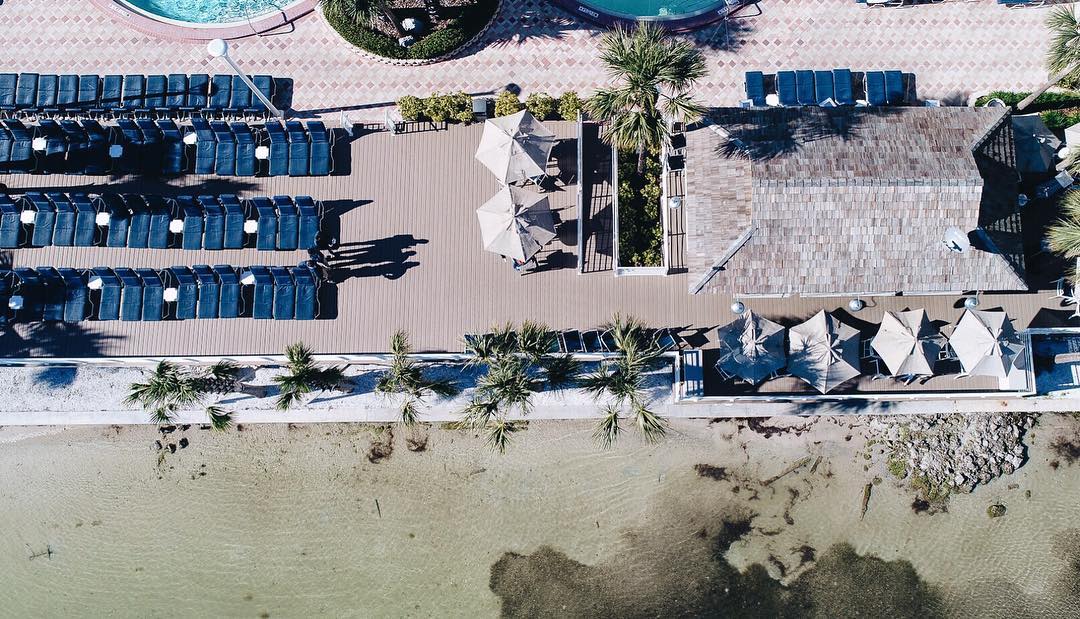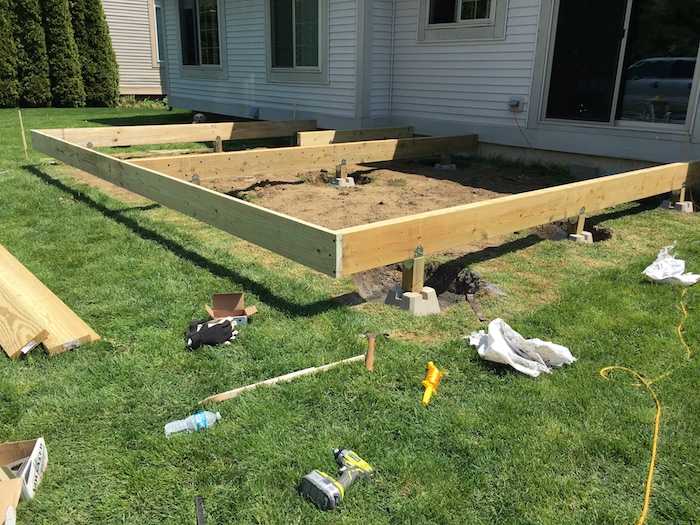

In 1976, the Hondo platform was installed as a two-piece jacket in 850 ft of water off the coast of California. A number of water-depth records were set for steel-jacket structures. waters ventured into deep water in the Santa Barbara Channel and the Gulf of Mexico. While North Sea developments progressed rapidly from 1970 to 1990, exploration in U.S. 14.3-Troll platform being towed to site (Photographic Services, Shell Intl., London). For steel-jacket structures, the offshore engineering community delivered significant technology advances to permit jacket structures to be deployed in ever-increasing water depths and hostile environments (see Fig. As platforms were placed in deeper water, their functional requirements and structural configurations became more complex. In the post-World War II era, the growth of drilling in the Gulf of Mexico intensified. In 1947, the first platform "out of sight of the land" was built off the coast of Louisiana in 20 ft of water.īetween 1947 to the mid-1990s, approximately 10,000 offshore platforms of different types, configurations, and sizes were installed worldwide. Activity did not resume until 1945, when the state of Louisiana held its first offshore lease sale. With the start of World War II, however, offshore activities came to a halt. A well was drilled to 9,000 ft off the coast of Texas in 1941. Meanwhile, the first offshore field was discovered in the Gulf of Mexico in 1938. During the subsequent cleanup, divers were used for the first time to remove well casing and set abandonment plugs. In January 1940, a Pacific storm destroyed the steel island. This was the first open-seas offshore platform and supported a standard 122-ft steel derrick and associated rotary drilling equipment. By September 1932, the 60 × 90-ft "steel island" was completed in 38 ft of water. Adding a deck and barging in a derrick completed the installation. Instead of building a monumentally long pier, they decided to build a portion of a pier with steel piles and cross-members. determined that there was a likely prospect about 1/2 mile from shore.

In 1932, a small company called Indian Petroleum Corp. In the late 1920s, steel production piers, which extended 1/4 mile into the ocean at Rincon and Elwood, California, were built, and new high-producing wells stimulated exploration activity. Production from the California piers continues today. Five years later, more than 150 offshore wells were producing oil. This first offshore well was drilled just 38 years after Col. Williams extended an offshore oil field into the Santa Barbara Channel by drilling a submarine well from a pier. In 1897, near Summerland, California, U.S.A., H.L. This well, which was drilled with cable tools, started the modern petroleum industry.

Edwin Drake drilled and completed the first known oil well near a small town in Pennsylvania, U.S.A. 14.2.1 Supporting Structures In 1859, Col.


 0 kommentar(er)
0 kommentar(er)
